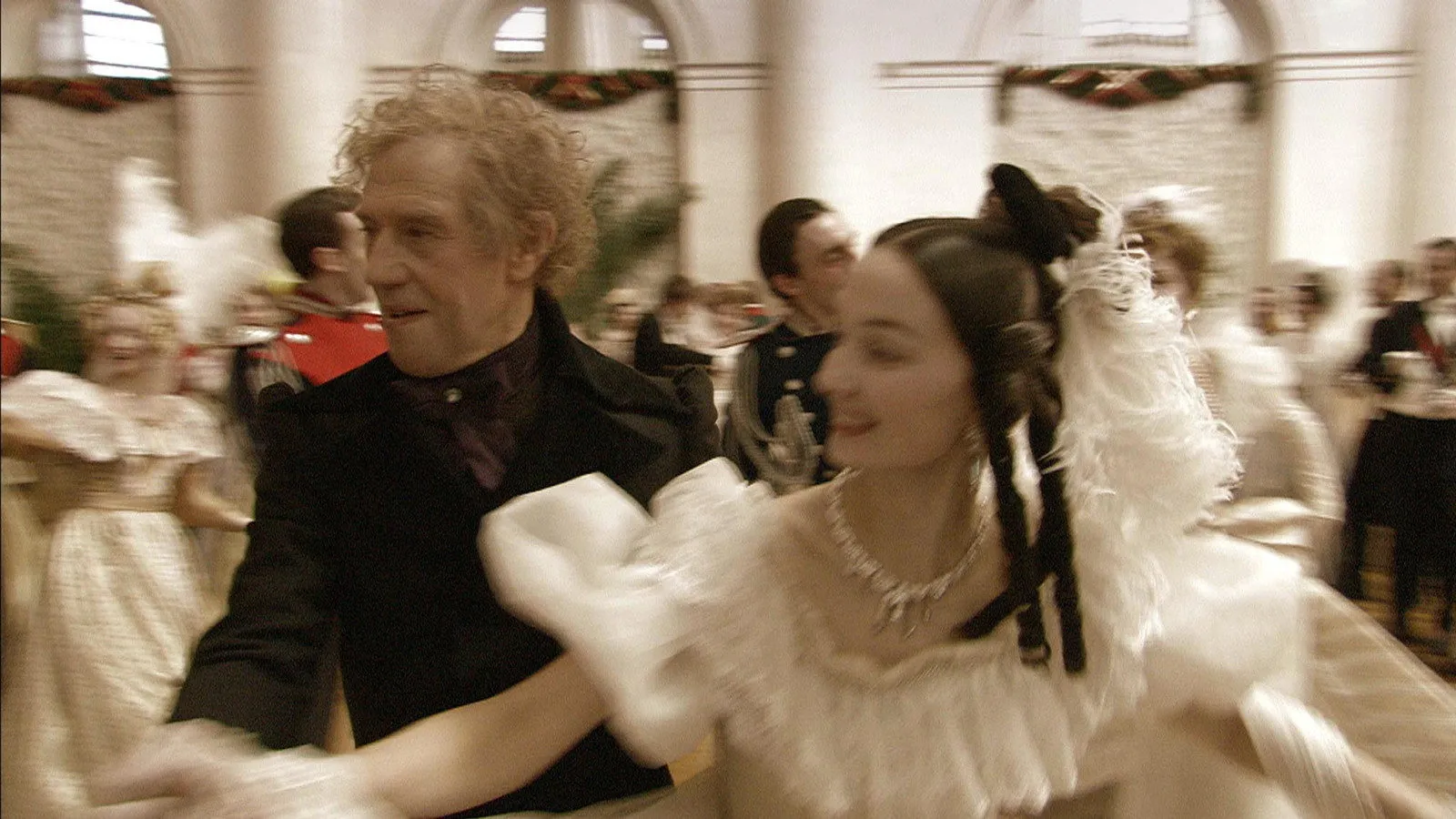
Cinematic Chimera
Cinematic Chimera presents works that strive for a radical synthesis of artistic genres, reviving the notion of the Gesamtkunstwerk, or total artwork. United by their integration of theater, dance, music, architecture, literature, and visual art, these films also realize the Gesamtkustwerk’s technological imperative by making use of advanced cinematic techniques.
Main Image: Film still from Russian Ark.
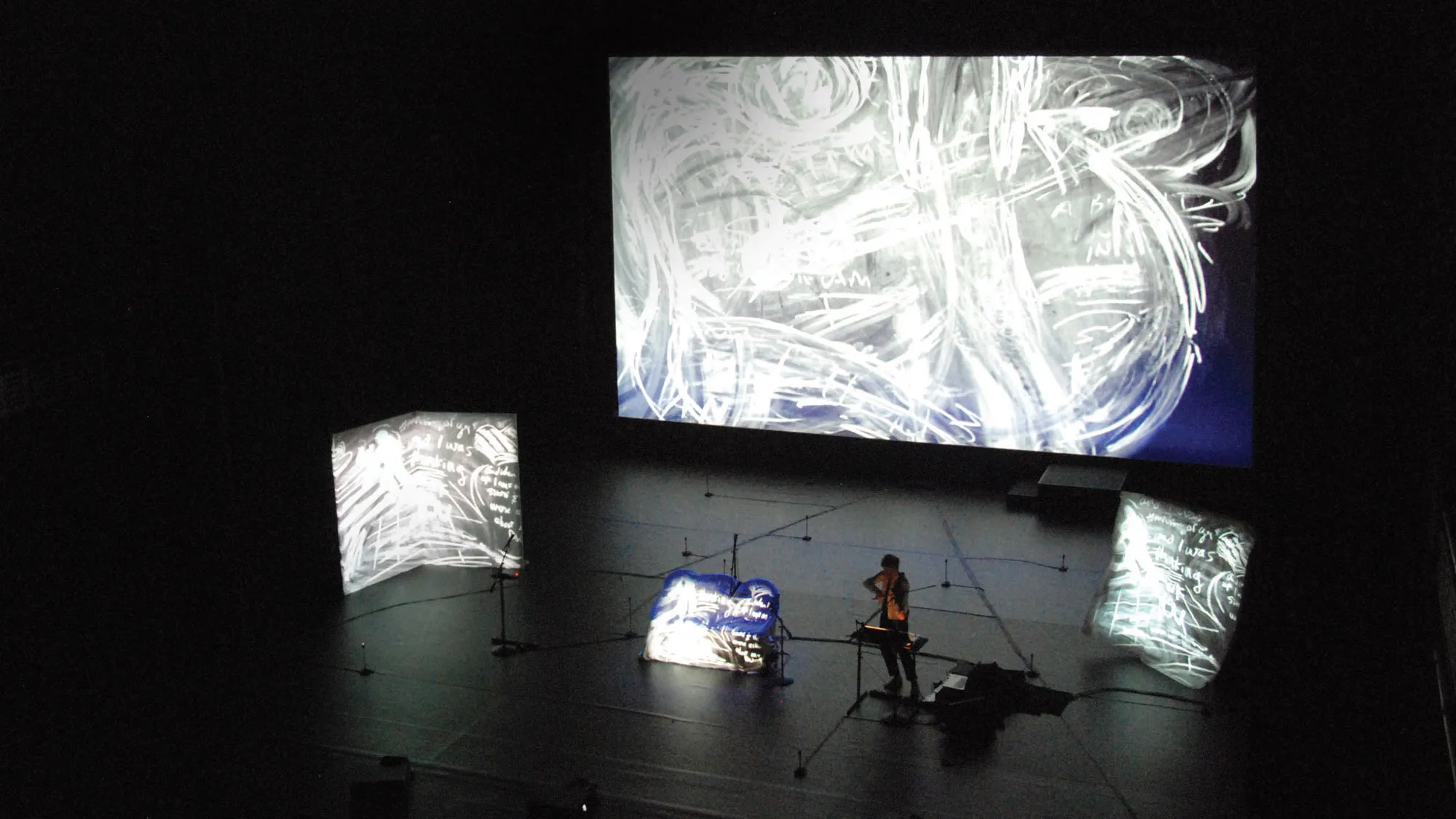
Delusion
Produced in part during Laurie Anderson's multiple residencies at EMPAC last year, Delusion is a meditation on life and language by way of music, video, and storytelling. Conceived as a series of short mystery plays, Delusion jump-cuts between the everyday and the mythic. Employing violin, electronic puppetry, music, visuals, altered voices, and imaginary guests, Anderson weaves a complex story about longing, memory, and identity. At its heart is the pleasure of language and a fear that the world is made entirely of words. Delusion tells its story in the colorful and poetic language that has become Anderson's trademark.
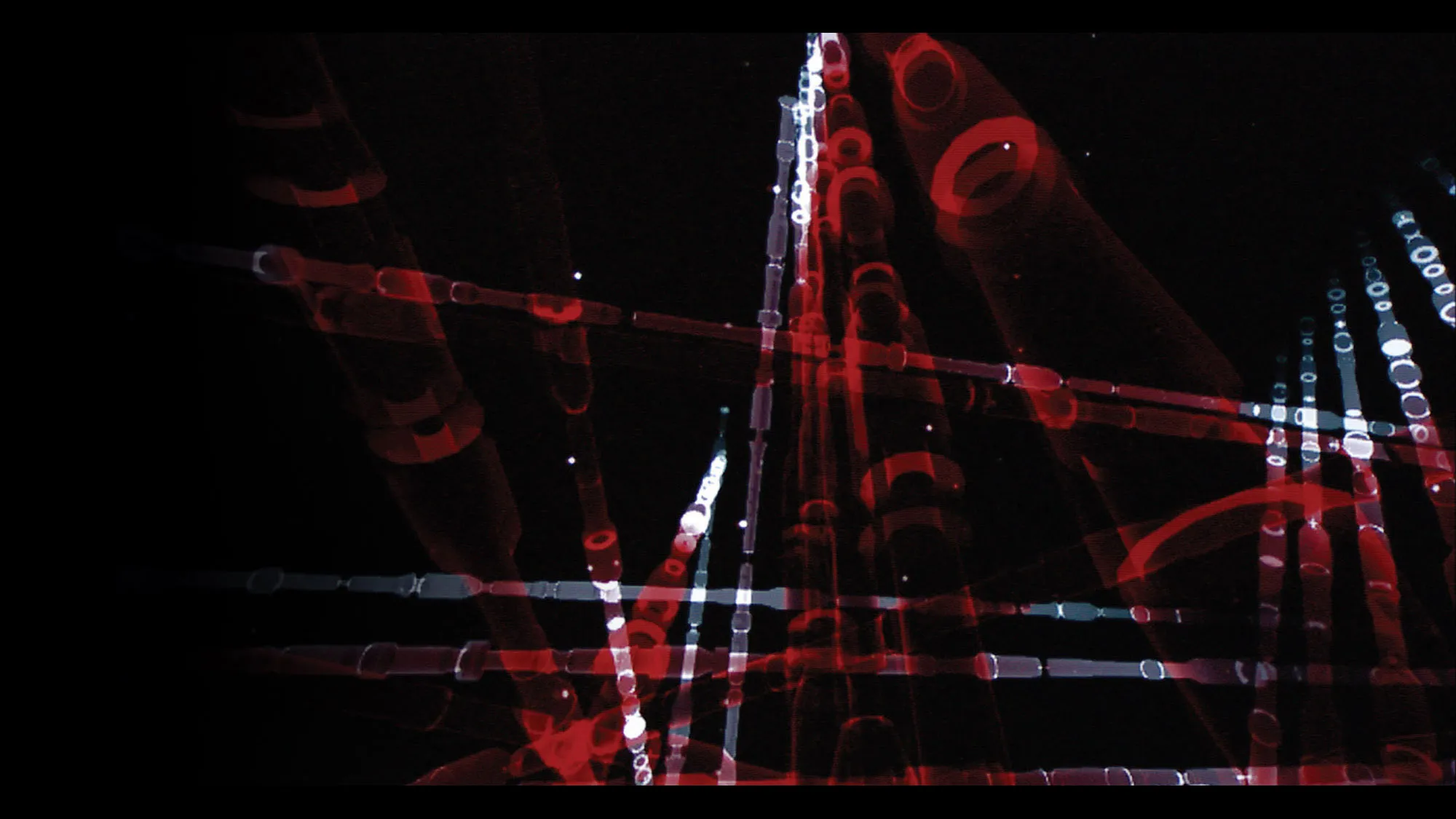
Monolake Live Surround
With walls of pulsating sound made danceable by heavy percussion and massive bass pulses, Monolake Live Surround explores the possibilities of spatial sound design in a club environment by using minimal, dub-influenced techno music. This concert experience reflects Robert Henke’s ongoing research project expands the usual club soundscape by using four or more discrete audio channels. The listener/dancer will be placed in a field of sound beyond any physical space defined by speakers and walls, providing an immersive experience that goes beyond the usual club environment.

Live. Max. Max For Live. What is it Good for?
In 2001, the revolutionary Ableton Live software gave birth to a new way of creating and performing electronic music. Ableton Live’s production of endless repetitions of hypnotic beats became a huge success, especially among dance music producers. However, the academic music world has remained highly skeptical, as Abelton Live is not believed to be ideal for a seated audience listening to carefully crafted details. The modular and infinitely personal structure of a framework like Max/MSP has been a long-term standard tool in academic computer music, but Live and Max seem to cater to a very different audience. What happens when those two worlds become more integrated?

Live Performance in the Age of Supercomputers
How can we convincingly perform computer based auditive or audiovisual art in today’s world? The possibilities for sound generation and manipulation are almost limitless; however, the interfaces, as well as our experience and practice with them, are not nearly as advanced. Robert Henke discusses theoretical ideas of performing live and contrasts them with a critical review of his own concerts.
Monolake
"Berlin-based composer and sound artist Robert Henke, who is also one of the principal authors of Ableton Live software, provided insights into his artistic approach in two talks, and performed a multi-channel audiovisual concert together with visual artist Tarik Barri. As a child of Berlin’s 1990s club culture, Robert Henke started composing music influenced both by academic computer music and electronic dance music. He releases music and performs under the alias Monolake; teaches sound design at the Berlin University of Arts; and writes about computer-generated sound. He lives and works in Berlin.
October 6: Live. Max. Max For Live. What is it Good for? The Ableton Live software gave birth to a new way of creating and performing electronic music and became a huge success among dance music producers; but the academic music world remained skeptical, with Max/MSP considered the standard tool in academic computer music. Live and Max seem to cater to a very different audience. In this talk, Henke asked: what happens when those two worlds become more integrated?
October 6: Live Performance in the Age of Supercomputers Henke considered the question: How can we convincingly perform computer- based auditive or audiovisual art in today’s world? The possibilities for sound generation and manipulation are almost limitless; however, the interfaces, as well as our experience and practice with them, are not nearly as advanced. Robert Henke offered his theoretical ideas of performing live and contrasted them with a critical review of his own concerts.
October 7: Monolake Live Surround offered walls of pulsating sound made danceable by heavy percussion and massive bass pulses, exploring the possibilities of spatial sound design in a club environment by using minimal, dub-influenced techno music. This concert experience reflected Henke’s ongoing research in expanding the usual club soundscape by using four or more discrete audio channels.
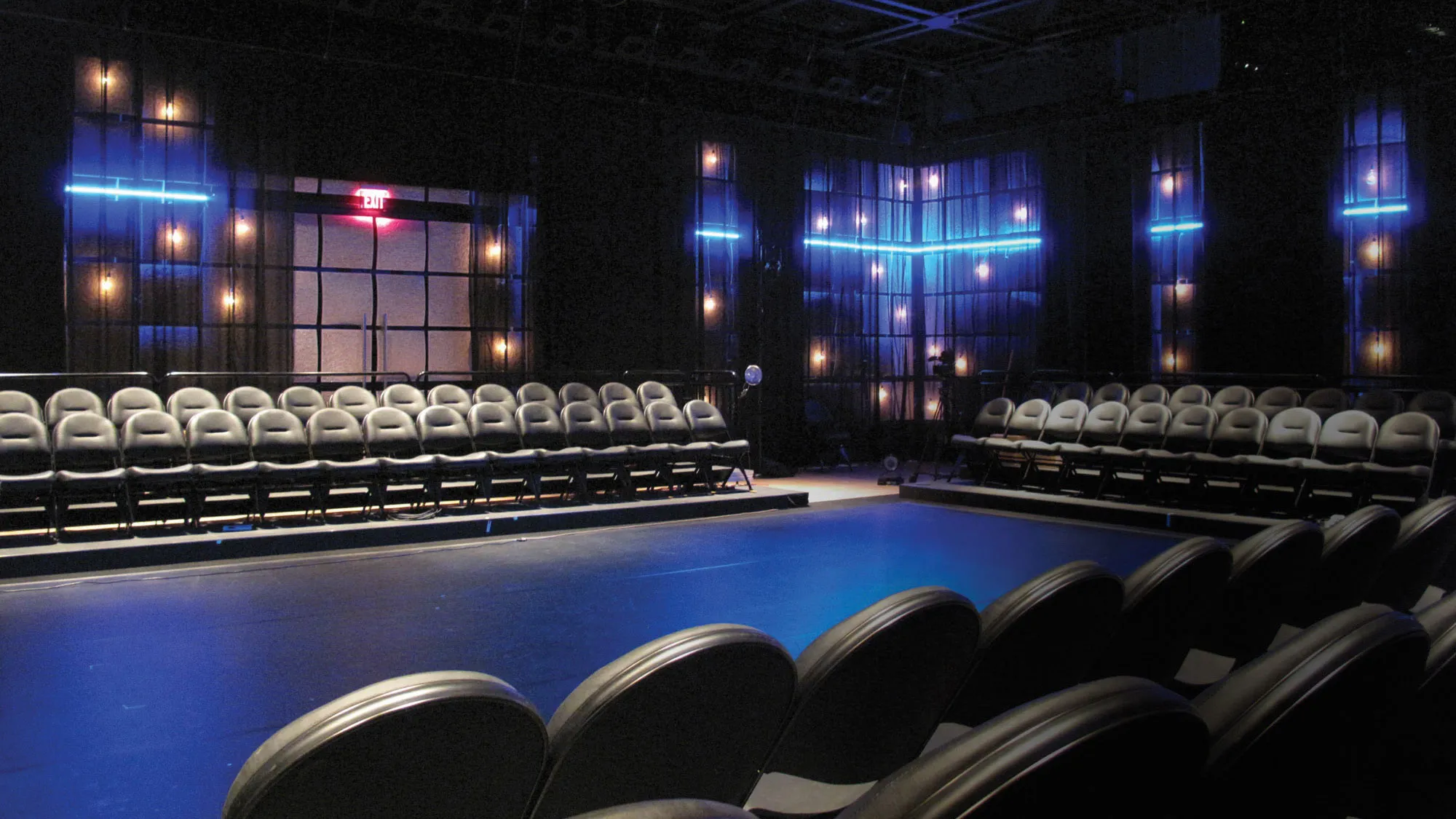
Live Shorts
Live Shorts is a series of performances for the stage commissioned for Filament. Invited artists were asked to create a performance for a specific period of time under 20 minutes that made use of the following constraints: a 20’ x 30’ stage, with the possibility of using only one screen, one projector, and a sound system. Standing in contrast to EMPAC’s typical embrace of flexibility and open-ended possibility, these create a platform for working within a specific structure. The result is a varied and vigorous set of short works created by a range of artists, from performers in the worlds of contemporary theater and dance, to experimental and electronic musicians, to visual artists whose work is typically exhibited in museums and galleries, all sharing the same stage and set of technical parameters. The interstitial space between performances is activated by dynamic lighting design by Wingspace Theatrical Design.
ST2A
Act Curtain — Like the grand drapes of the great old theater houses, this installation transfers the audience's attention from the performance area to the auditorium during the interstitial moments between performances. Using the medium of light, it animates the whole of the theater architecture through both space and time. ACT CURTAIN was conceived and installed by Scott Bolman, Zane Pihlstrom and Lee Savage of Wingspace Theatrical Design. Wingspace is a Brooklyn-based collective of artists, designers, writers, and thinkers committed to the practice of collaboration in theatrical design. Wingspace has created lighting environments for numerous projects at the Old American Can Factory, including the 2009 Beaux-Arts Ball for the Architecture League of New York. Wingspace members have collaborated with artists such as Robert Wilson, Isaac Mizrahi, the Kronos Quartet, Shen Wei Dance Arts and the Grammy-nominated Lila Downs. Their work has been appeared at the Roundabout, the Public Theater, Lincoln Center, the Brooklyn Academy of Music, the Alliance Theater, Baltimore Centerstage, the Old Globe, the Shakespeare Theater and the Guggenheim Museum as well as internationally at venues in Canada, Ireland, Germany, Lithuania, the Netherlands and South Korea. In addition to creating dynamic work of their own, Wingspace co-produces a salon series with XO Projects. Each salon brings featured artists together with the broader performance community for open-ended discussions of vital issues in contemporary theatrical design.
ST2B
Sheepspace (SUE-C & Laetitia Sonami) — Sheepspace is a live film inspired by the writings of Haruki Murakami. Adapted from the Sheep Man character in Dance, Dance, Dance and The Wild Sheep Chase, the film is brought to life through the manipulation and projection of photographs, drawings, scale models and various three dimensional objects, along with the processing and amplification of electronic music, nostalgic songs, and field recordings. The artists draw from their palette of a suitcase-sized animation booth, miniature televisions, a train-propelled camera, motors, sensors, flash bulbs, and talking lamps to blur the boundaries of the real world and the cinema world. It is up to the audience to determine where dreams end and reality begins.
Intervention #2 (Created by Wally Cardona + a local expert) — Each Intervention is the meeting of Wally Cardona and a local specialized expert. Through their intimate encounter, they generate a new version of Cardona’s “empty solo,” designed to make itself completely available to an outside eye or opinion. The re-conceived solo is performed as a new entity. Intervention is a game leading to other games of meaning, intent, and form that can create multiple interpretations of “a dance.” It is also the first stage of development for Tool Is Loot, a collaboration between Cardona and Paris-based choreographer Jennifer Lacey.
You Don’t Know What You're Talking About (MTAA) — Internet artists M.River and T.Whid (MTAA), like you, have often wished while listening to a lecture, speech, or newscast to stand up and tell the speaker, "You don't know what you're talking about." MTAA, sitting behind a desk with two laptops and two microphones, and with a projection screen behind them that displays a timer and the text “#mtaa,” will invite the audience to start twittering. For the duration of the performance, they will read any and all texts sent to Twitter with the hash tag "#mtaa."
ST2C
A Narrow Vehicle (Trouble) — Performers acting like ushers and doubling as shaman enact a cleansing ritual on the audience, which becomes a screen for projections of familiar spiritual imagery and the five elemental lights. Culminating in a performance of trance R&B saxophone meandering, a narrow vehicle brings up a promise — made by universities, militant groups, spiritual organizations, and pop culture. The promise is of freedom and self-actualization via transmutation of defiled elements, and we locate this process in (or on) each audience member. Imparting the message evokes a claustrophobic, aggressive style, but the promise is kept.
Another Circle (Jen DeNike) — Using video, performance, and sound as live ritual magic, a series of circles transforms the space into a vessel for scrying, an act of obtaining spiritual visions by peering into a reflective surface. In DeNike's video a prima ballerina in classical tutu and toe shoes performs what appears to be an infinite pirouette. The ballerina's circular movement becomes the pendulum for scrying. A live ballerina (Lucy Van Cleef) will perform abstract choreographed movements in reaction to and mirroring the video in collaboration with Rose Kallal who will perform an improvised sound accompaniment using a combination of vintage analog synth, guitar, and tape delay; her dark ambient sonic drone providing a complementary yet contrasting circular soundtrack.
AMAZINGLAND IN TROY EMagicPAC (Steve Cuiffo, Trey Lyford and Geoff Sobelle) — Amazingland is the second in a trilogy of theater pieces that embrace and subvert American popular entertainment. The piece is about illusion, delusion, and the role of deception in American culture. Cuiffo, Lyford, and Sobelle will enter magic contests as their illusionist personas, Louie Magic, Dennis Diamond, and Daryl Hannah, and, succeed or fail, create faux-documentary video to be integrated into performance. Their goal is to expose the pathos behind the gloss of popular Vegas-style illusion shows — and also to blow your mind out of the back of your skull with some incredible magic.
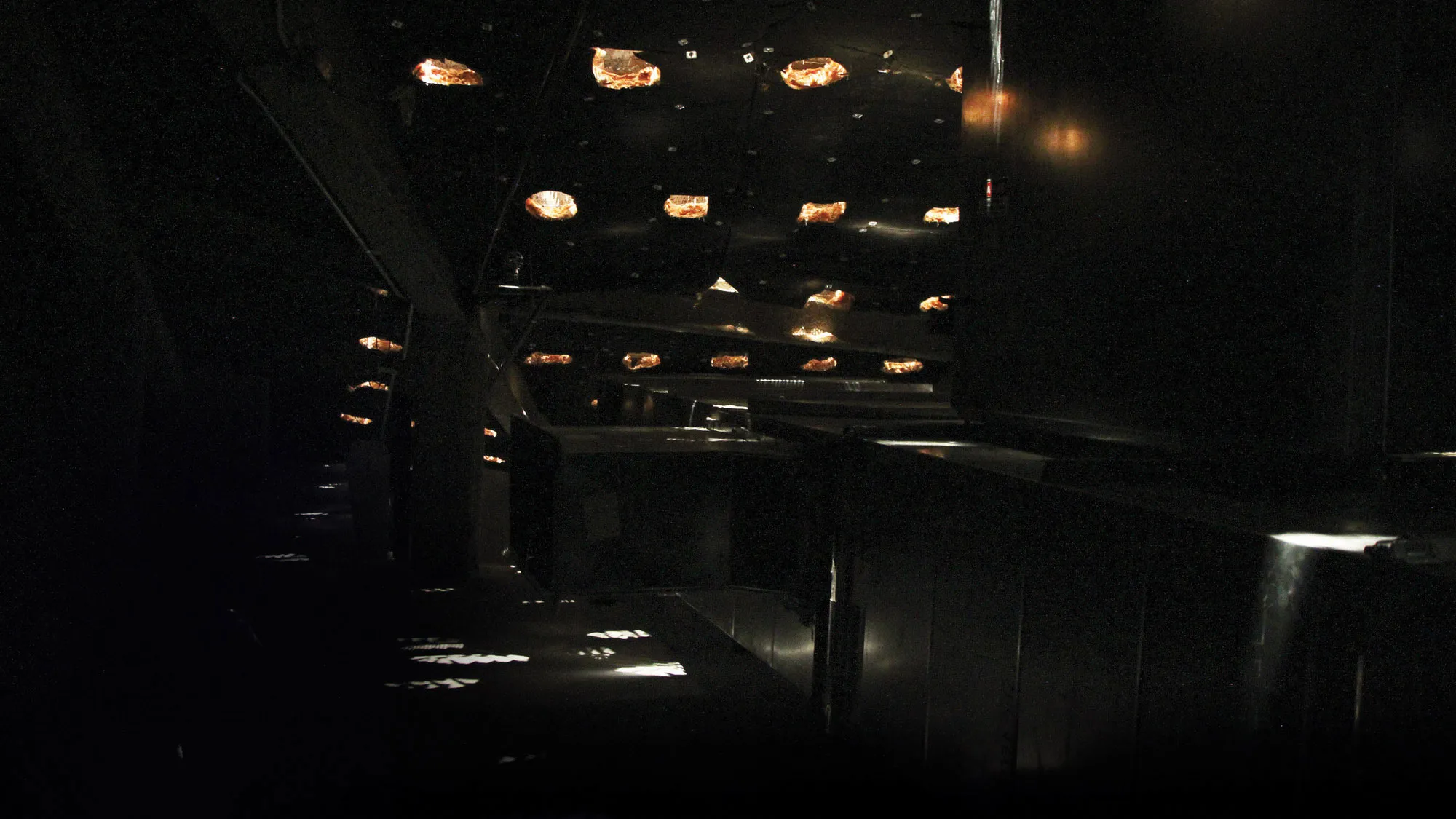
The Star Room
When composer Maryanne Amacher passed away October 2009, she had been working for two years on an EMPAC-commissioned piece for the Theater. During her residency, she created an ethereal space for floating sounds with 30+ loudspeakers, most hidden in rooms distant to the performance space. Sergei Tcherepnin and Micah Silver, who worked most closely with her on the project, have collaborated on an interpretation of this unfinished work with the hope of sharing a glimpse of what this piece was to become.
Preceding the performance will be a ceremony naming the air plenum beneath the Theater in honor of Maryanne, a space she called The Star Room.
The Star Room, 2010.
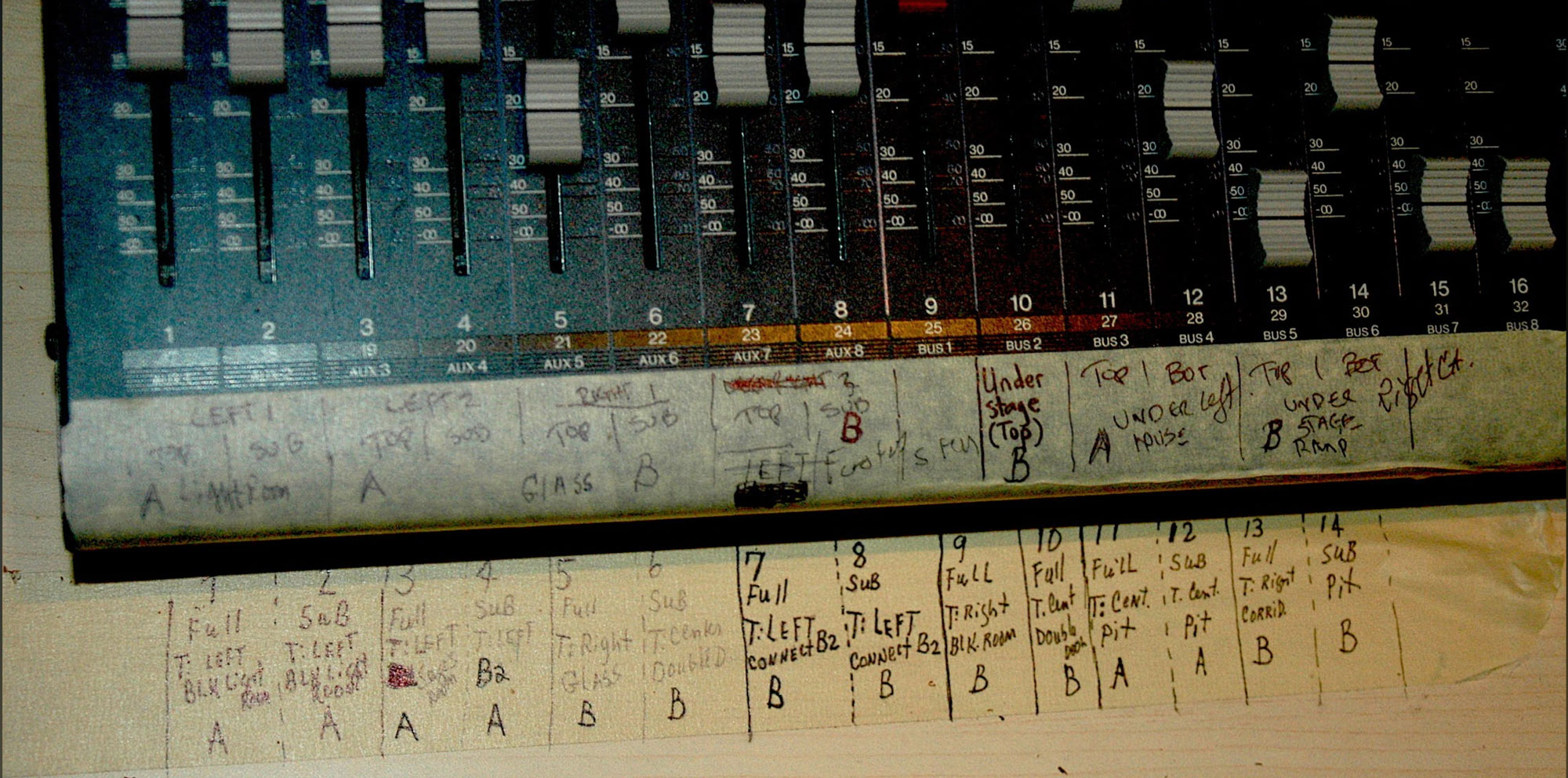
Production still: Amacher's mixer was both her composition and performance instrument. Photo: EMPAC/Rensselaer.
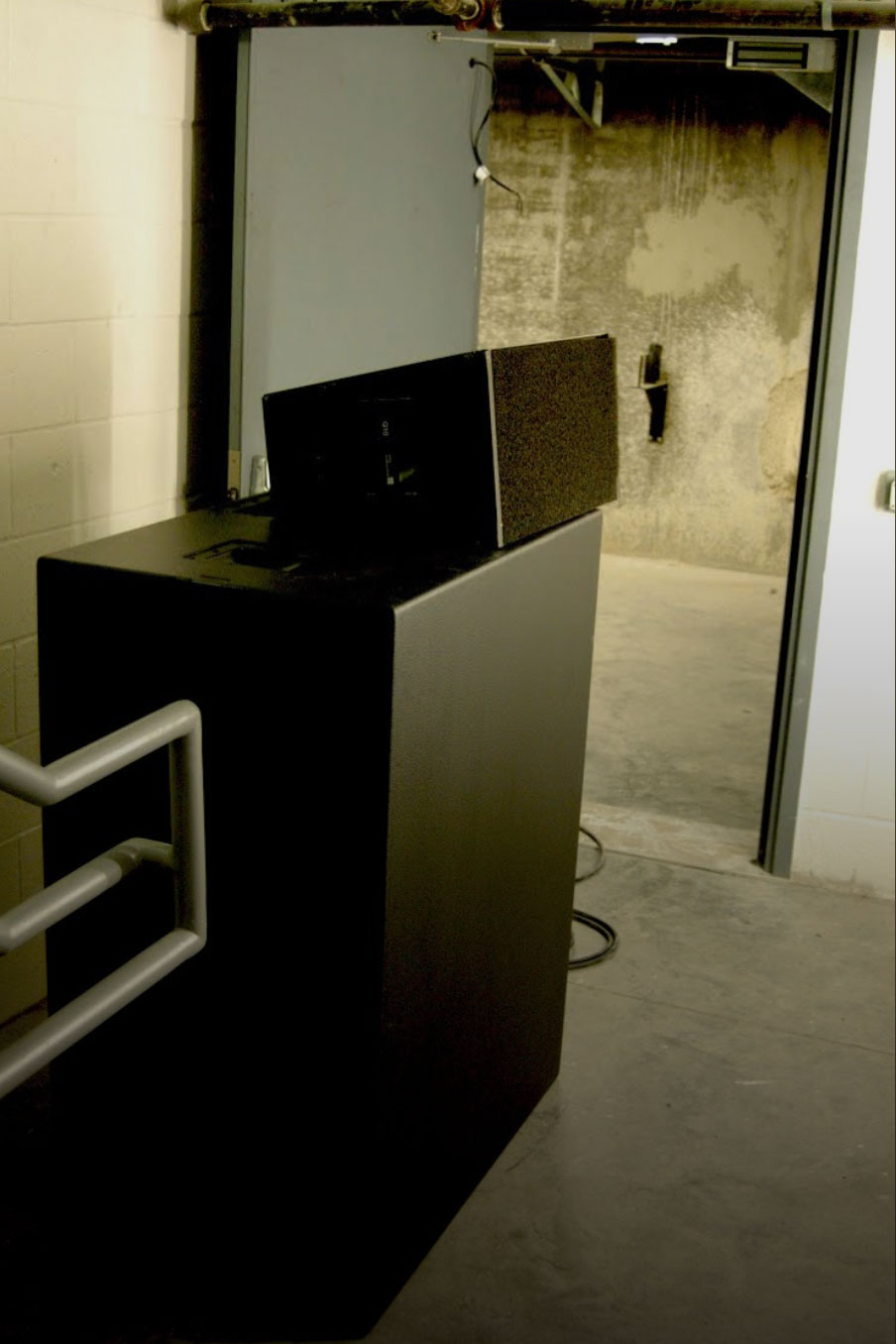
Production still: Amacher meticulously documented with photographs the location and positioning of each speaker throughout the building as well as the settings on the mixing board, so the set-up could be recreated for her next residency. Photo: EMPAC/Rensselaer.
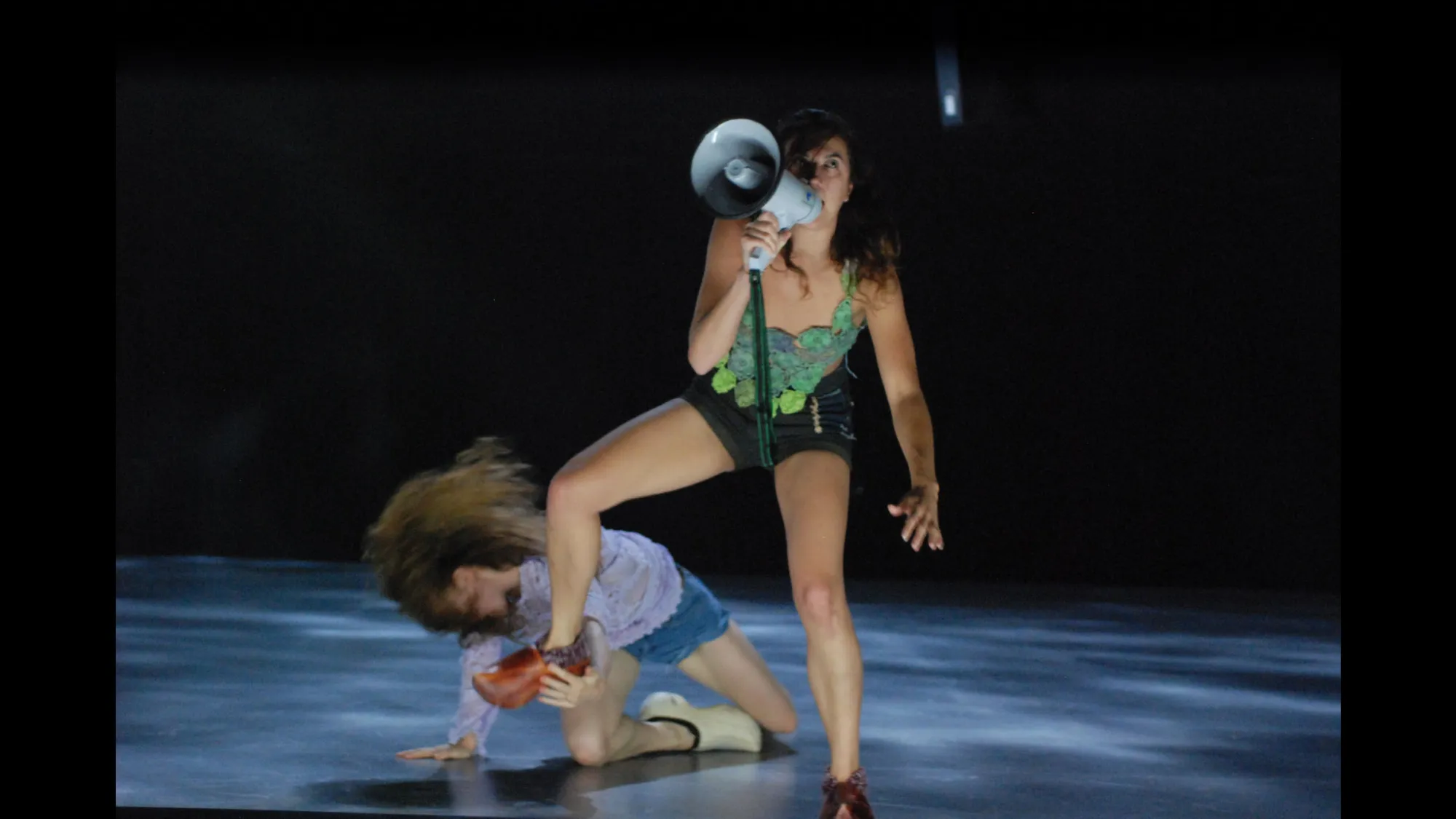
Miracle
BalletLab’s Miracle is a triumphant onslaught of choreographic hysteria performed against repetitive mantra, movement, and hymn-like voices. Dealing in themes of the afterlife, eternity and cult behavior, Miracle creates a sonic and physical world of overwhelming fervor, spiraling group dynamics, and intense sound. Miracle gravitates toward the emotionally challenging terrain of iconographic religious imagery, communal living, and the behavioral patterns of revolutionary cult groups in the 1960s and ‘70s. The examination of cult mass suicides, including the Jonestown massacre of 1978, inspired the conceptual thread of blind belief as the gateway to the afterlife. Please note that this performance contains nudity and loud moments.